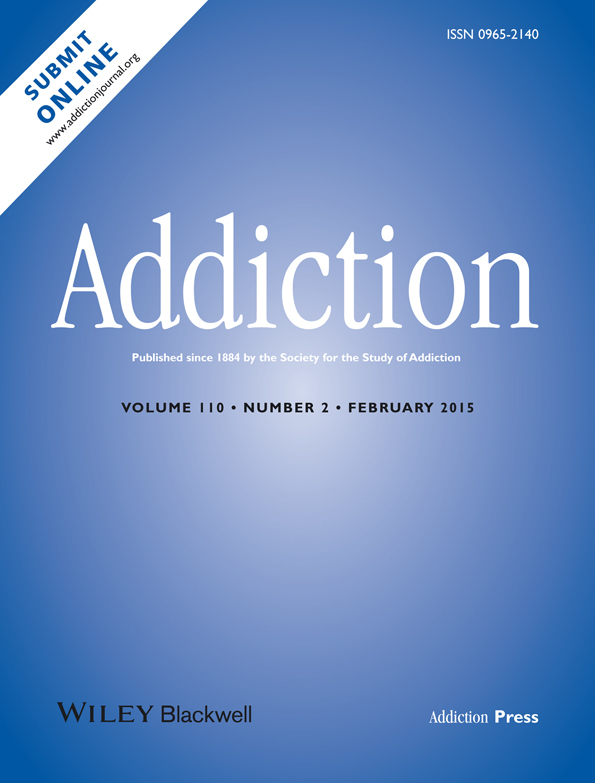Relative risk of injury from acute alcohol consumption: modeling the dose–response relationship in emergency department data from 18 countries
Abstract
Aims
To update and extend analysis of the dose–response relationship of injury and drinking by demographic and injury subgroups and country-level drinking pattern, and examine the validity and efficiency of the fractional polynomial approach to modeling this relationship.
Design
Pair-matched case–cross-over analysis of drinking prior to injury, using categorical step-function and fractional polynomial analysis.
Setting
Thirty-seven emergency departments (EDs) across 18 countries.
Participants
A total of 13 119 injured drinkers arriving at the ED within 6 hours of the event.
Measurements
The dose–response relationship was analyzed by gender, age, cause of injury (traffic, violence, fall, other) and country detrimental drinking pattern (DDP).
Findings
Estimated risks were similar between the two analytical methods, with injury risk doubling at one drink [odds ratio (OR) = 2.3–2.7] and peaking at about 30 drinks. Although risk was similar for males and females up to three drinks (OR = 4.6), it appeared to increase more rapidly for females and was significantly higher starting from 20 drinks [female OR = 28.6; confidence interval (CI) = 16.8, 48.9; male OR = 12.8; CI = 10.1, 16.3]. No significant differences were found across age groups. Risk was significantly higher for violence-related injury than for other causes across the volume range. Risk was also higher at all volumes for DDP-3 compared with DDP-2 countries.
Conclusions
There is an increasing risk relationship between alcohol and injury but risk is not uniform across gender, cause of injury or country drinking pattern. The fractional polynomial approach is a valid and efficient approach for modeling the alcohol injury risk relationship.




